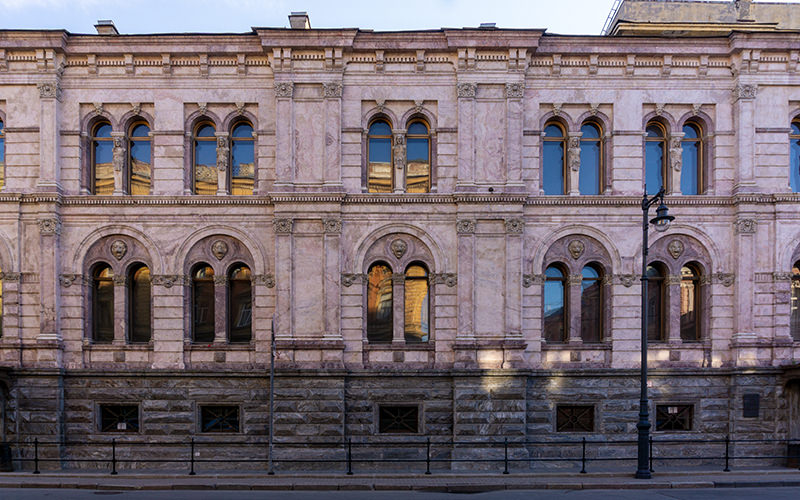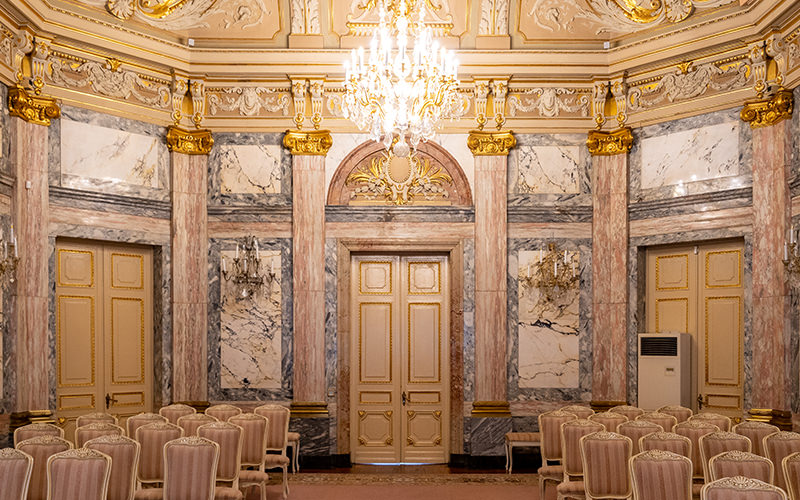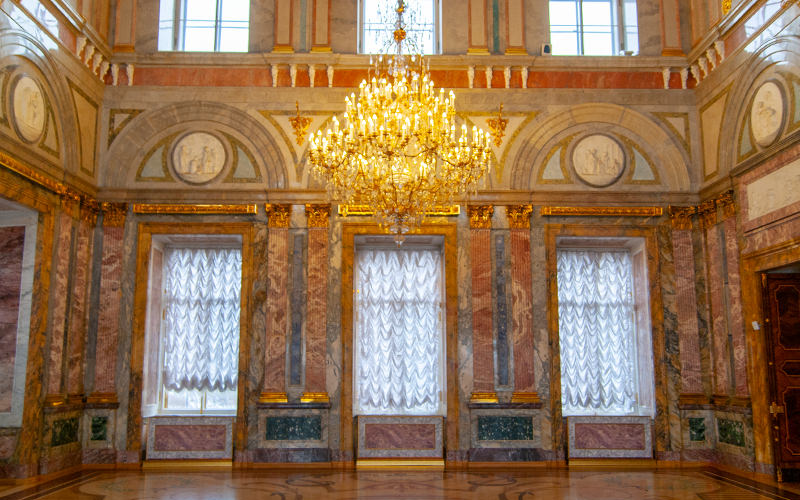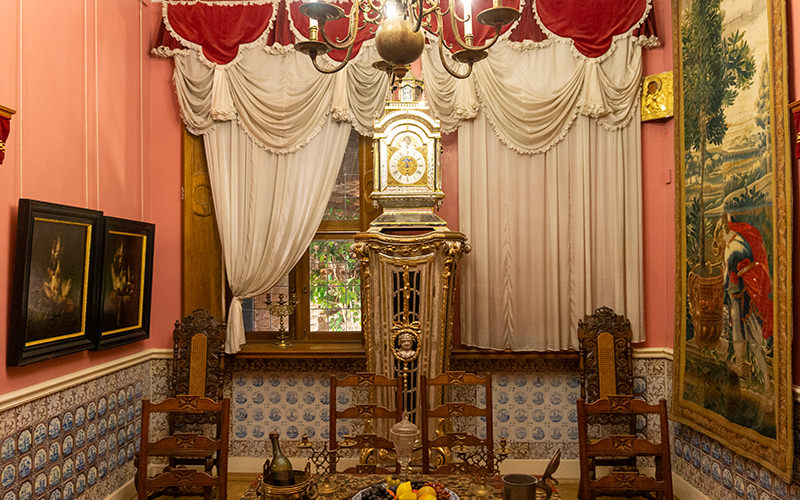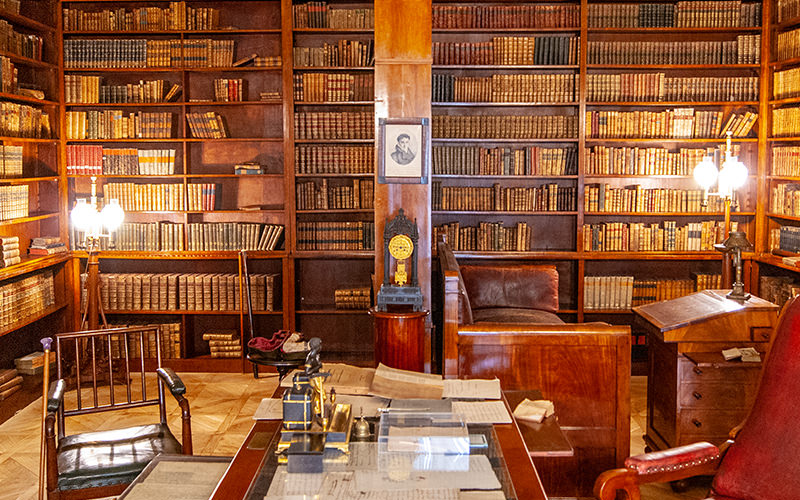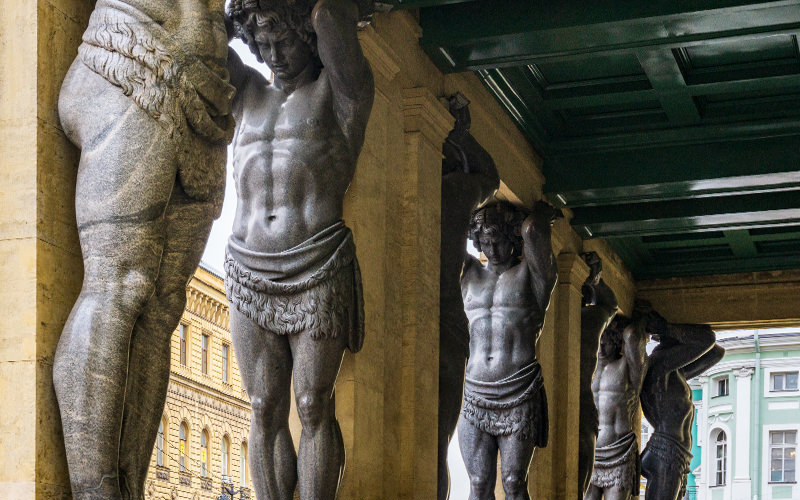The Palace Embankment is a true architectural gem of Saint Petersburg. Here, majestic buildings with rich histories rise above the waters of the Neva River. Among them, one can spot a structure resembling an Italian palazzo — the Palace of Grand Duke Vladimir Alexandrovich.
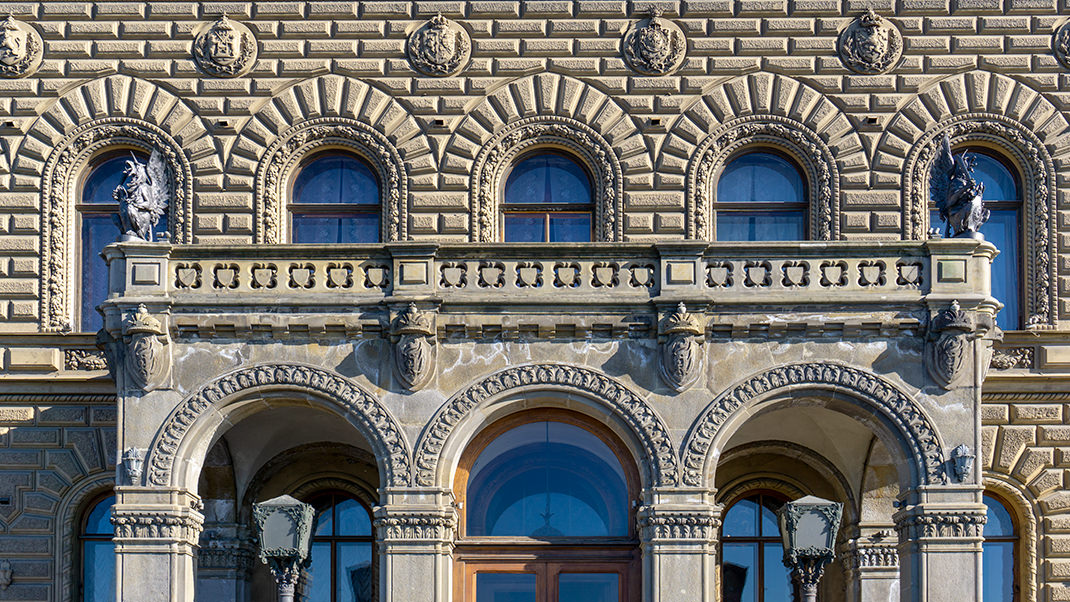
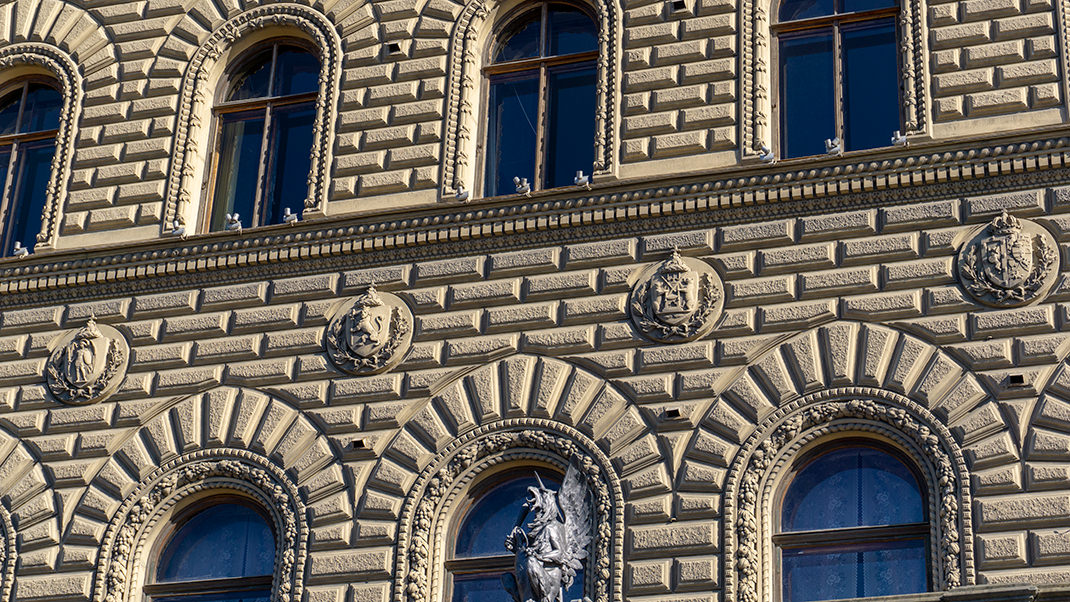
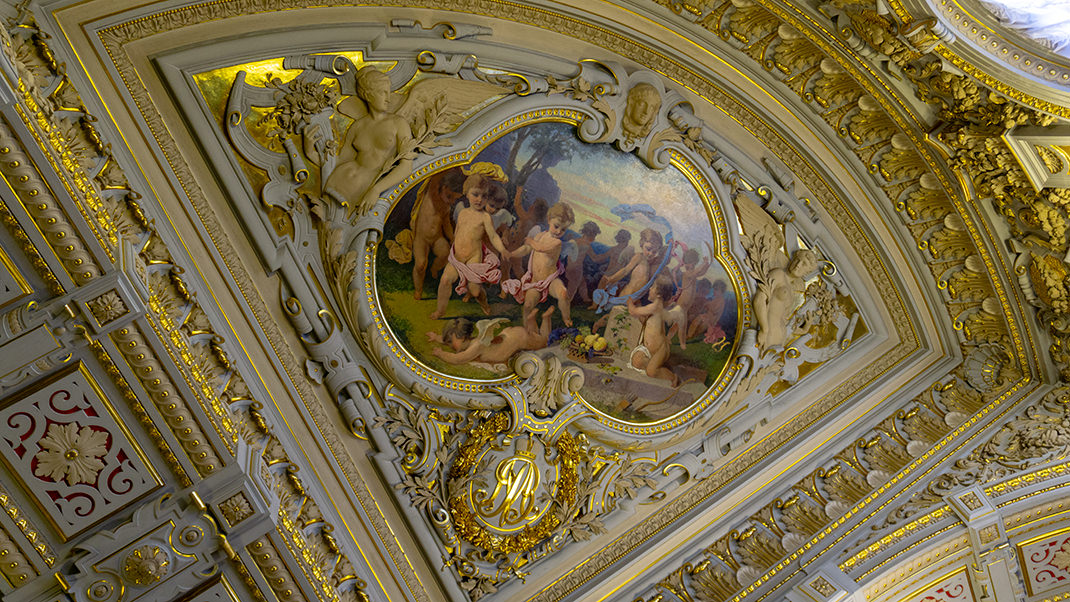
Today, the building is also known as the M. Gorky House of Scientists of the Russian Academy of Sciences, and exciting guided tours are conducted through its state rooms, where every visitor can feel like royalty and learn a bit about the Romanov family.
How to Join a Tour
To visit the palace, you must make an advance reservation by phone or on the official website. As of June 2019, tours are held on Fridays or Saturdays. The cost of an adult ticket is 500 rubles. It’s best to book the tour in advance.
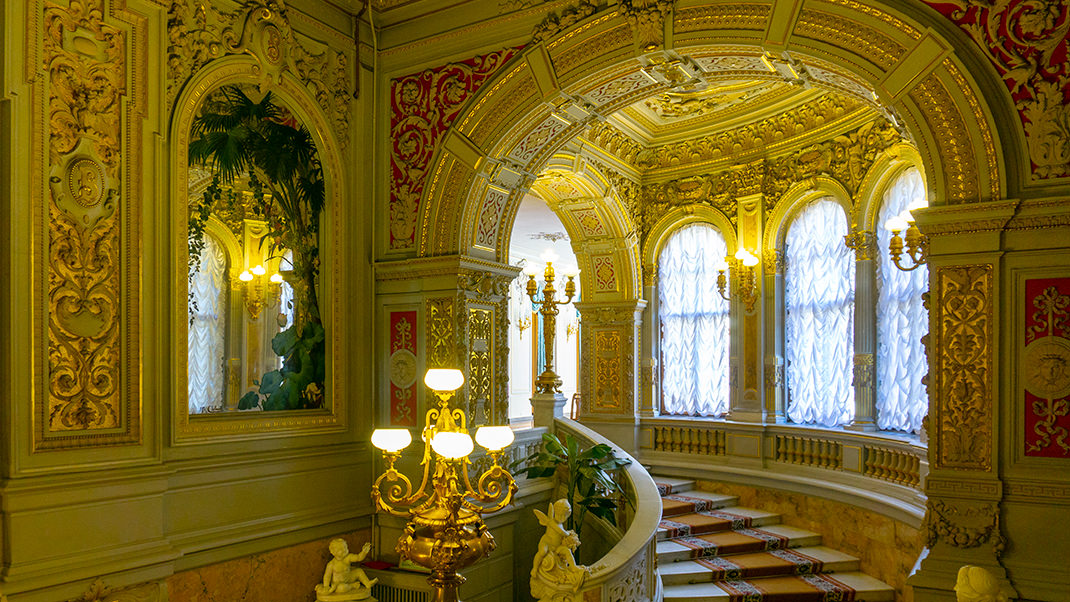
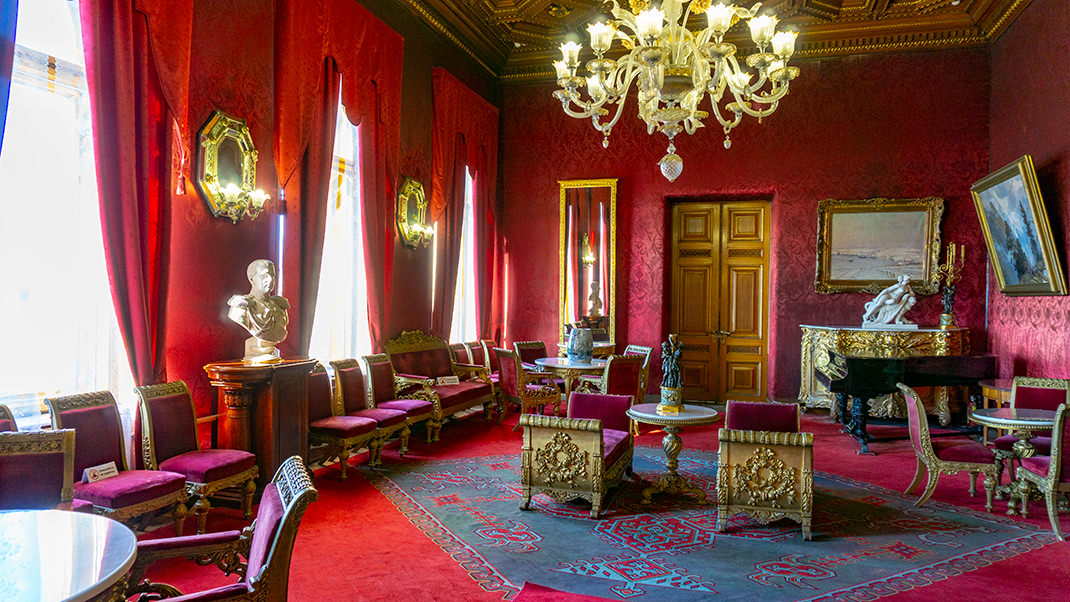
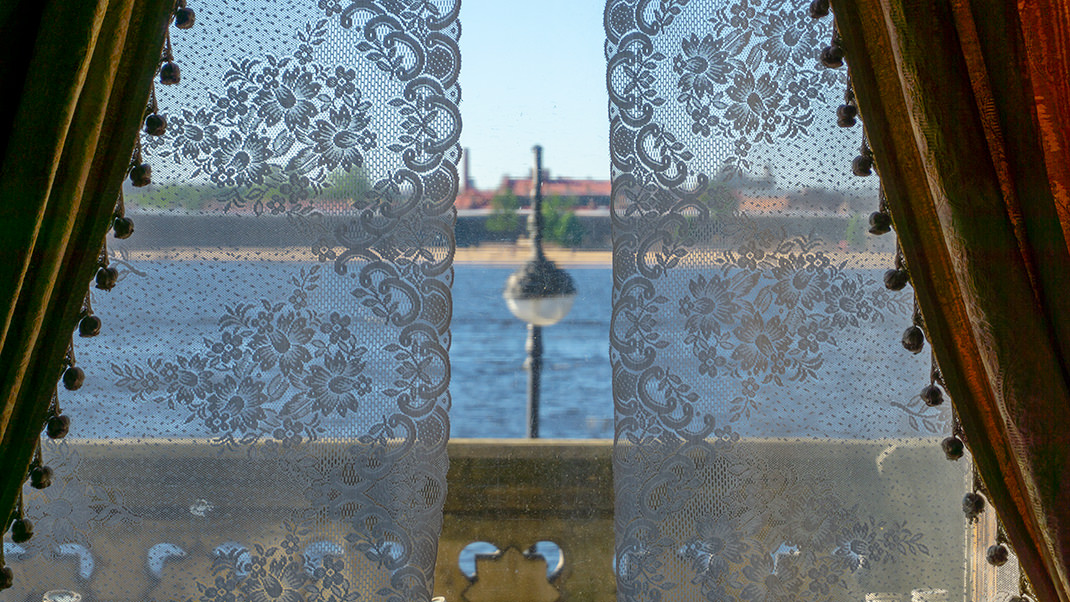
The nearest metro stations to the palace are "Admiralteyskaya" and "Nevsky Prospekt." The walk from either will take about 15-20 minutes. If you're coming from Admiralteyskaya, you can pass by some of Saint Petersburg's most famous landmarks — the Winter Palace and Palace Square. If you're coming from Nevsky Prospekt, you'll be able to see the famous Church of the Savior on Spilled Blood.
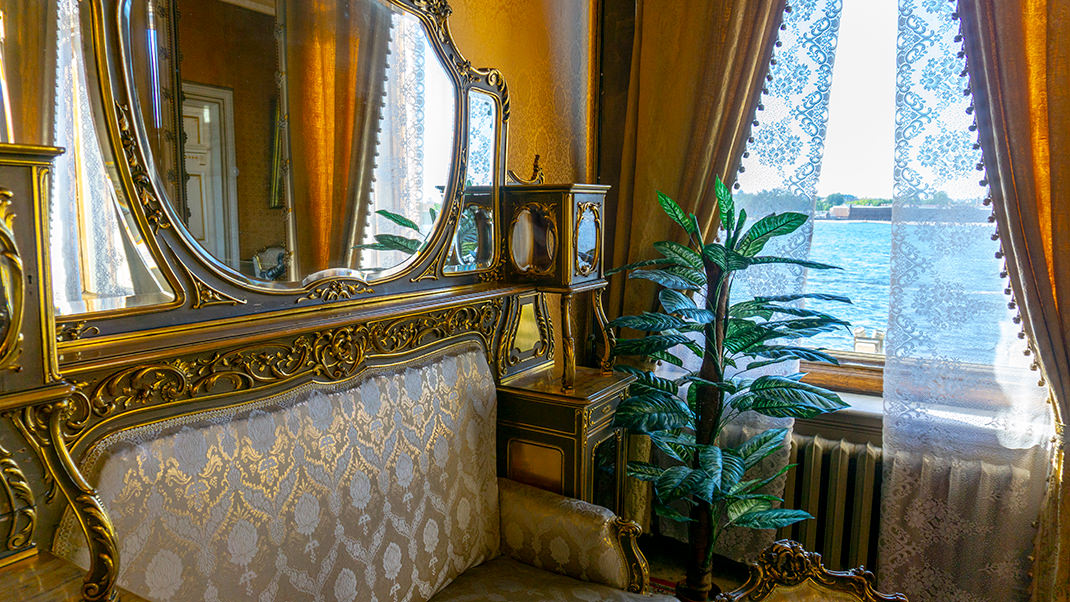
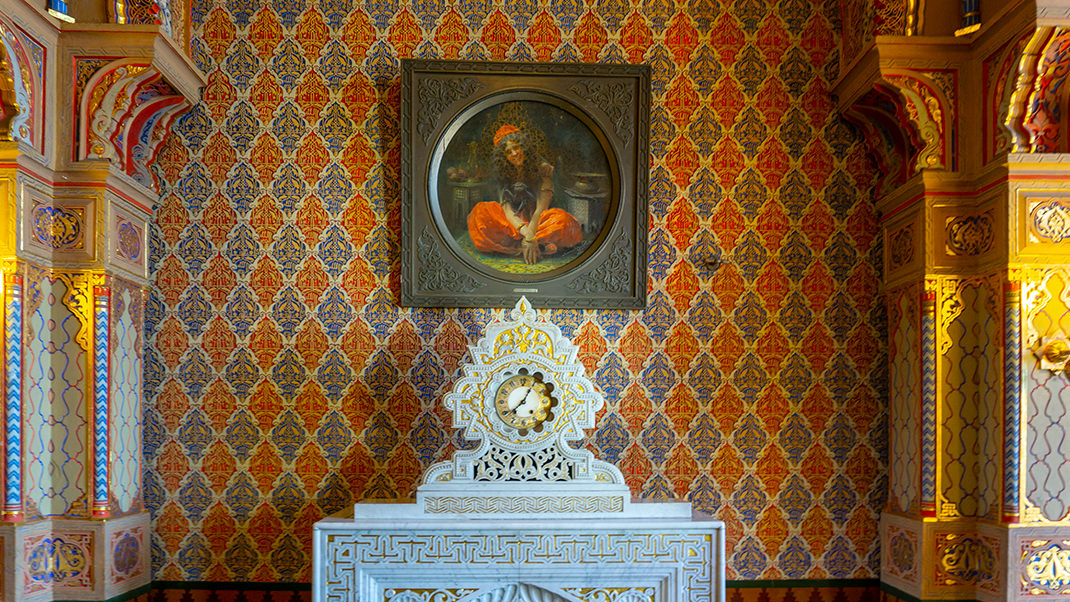
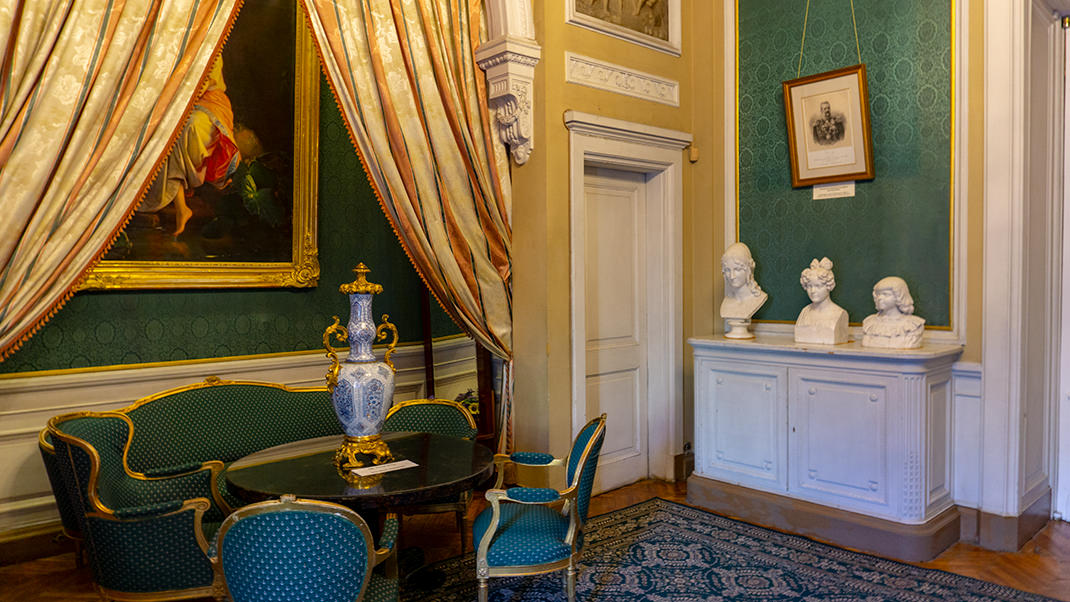
A Bit of History
In the 18th century, the site where Vladimir Palace stands today housed a mansion that was home to various state figures. Later, during the reign of Nicholas I, military barracks were located there.
In 1862, construction of a new palace began on the state’s order. The architect of the building was Alexander Ivanovich Rezanov. Construction and interior finishing took quite a long time, with Grand Duke Vladimir Alexandrovich and his wife Maria Pavlovna moving into the palace in 1874, the year of their wedding.
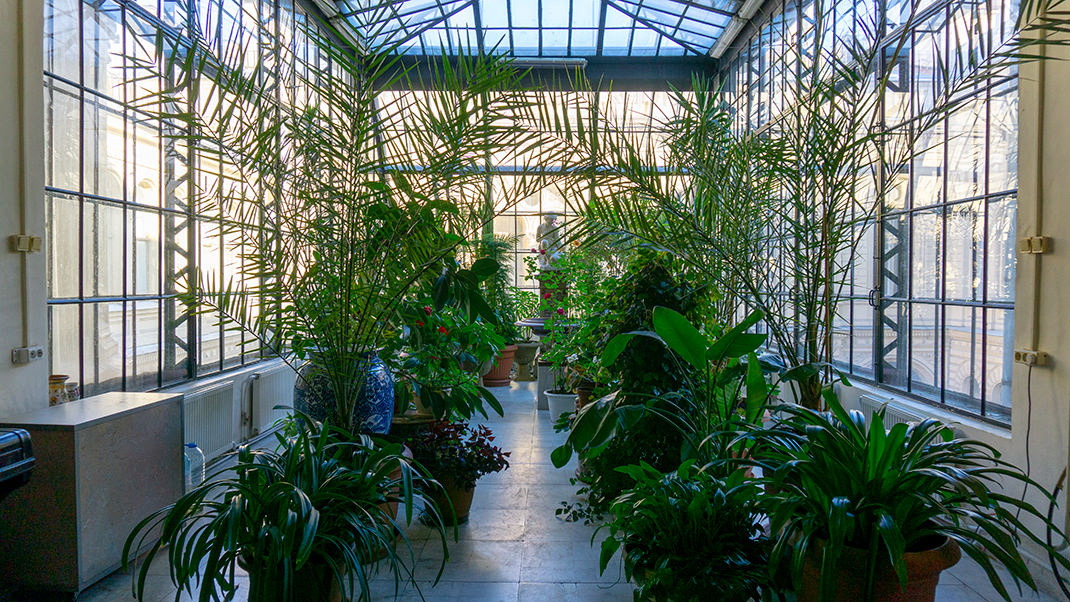
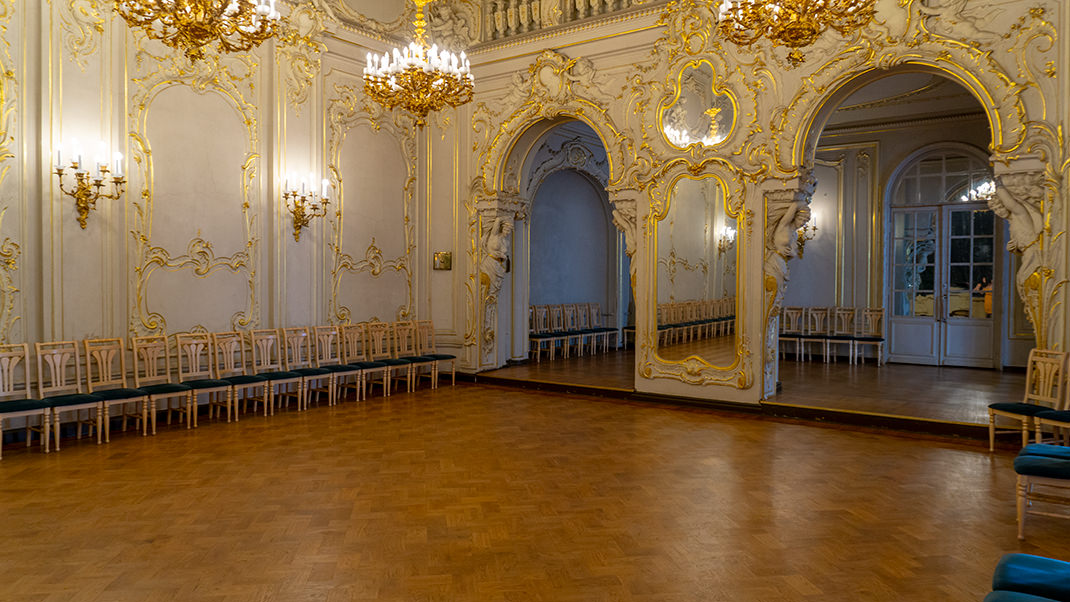
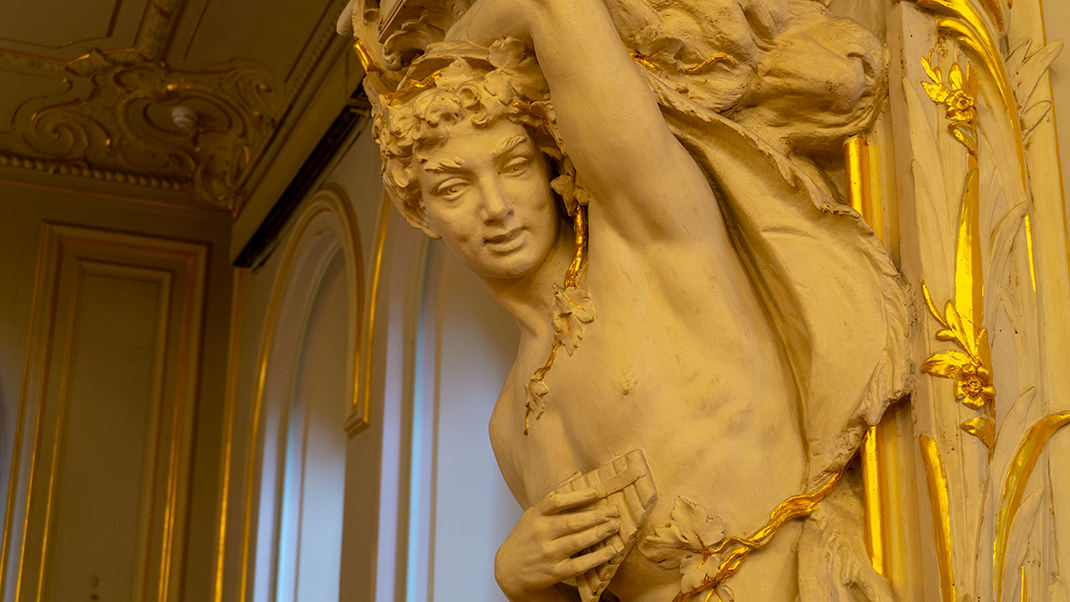
Vladimir Alexandrovich was the son of Emperor Alexander II and the brother of Alexander III. In 1876, he was appointed president of the Academy of Arts. By 1884, the Grand Duke became Commander-in-Chief of the Guard and the St. Petersburg Military District. He is also known for ordering the use of force on the tragic "Bloody Sunday."
Returning to the palace, its rooms underwent several reconstructions over time. Between 1888 and 1893, the halls of the first and second floors were remodeled, and between 1893 and 1903, changes were made to the Grand Duke's private chambers. At the beginning of the 20th century, a winter garden was created on the second floor.
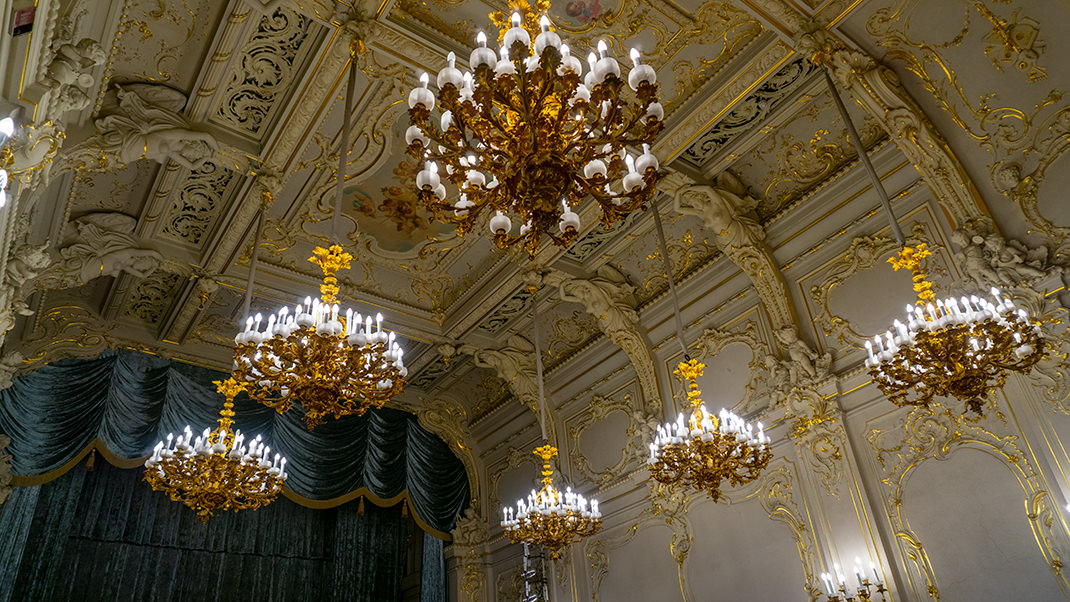
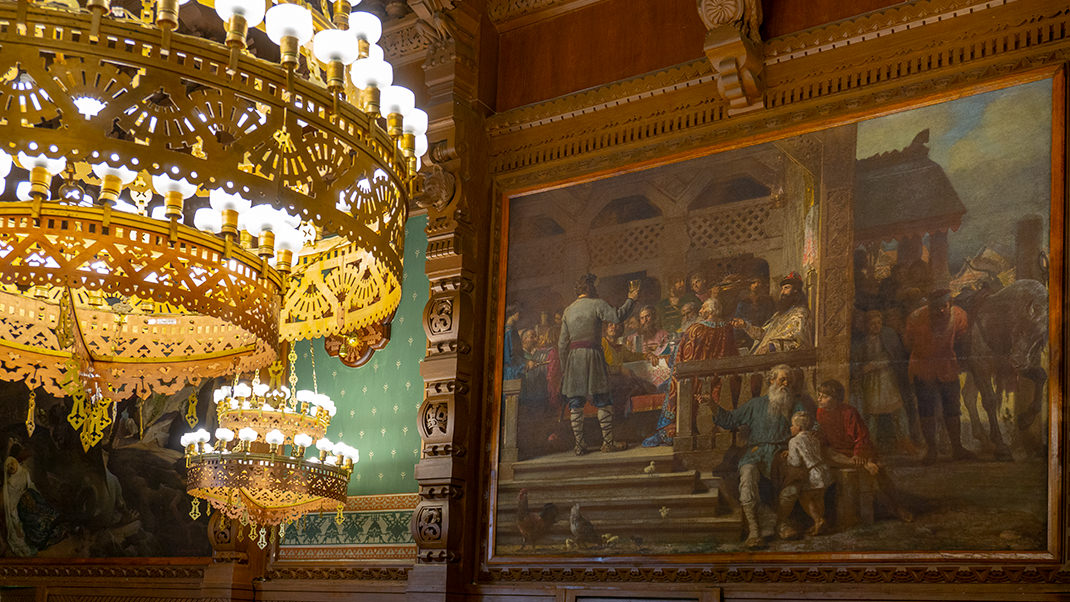
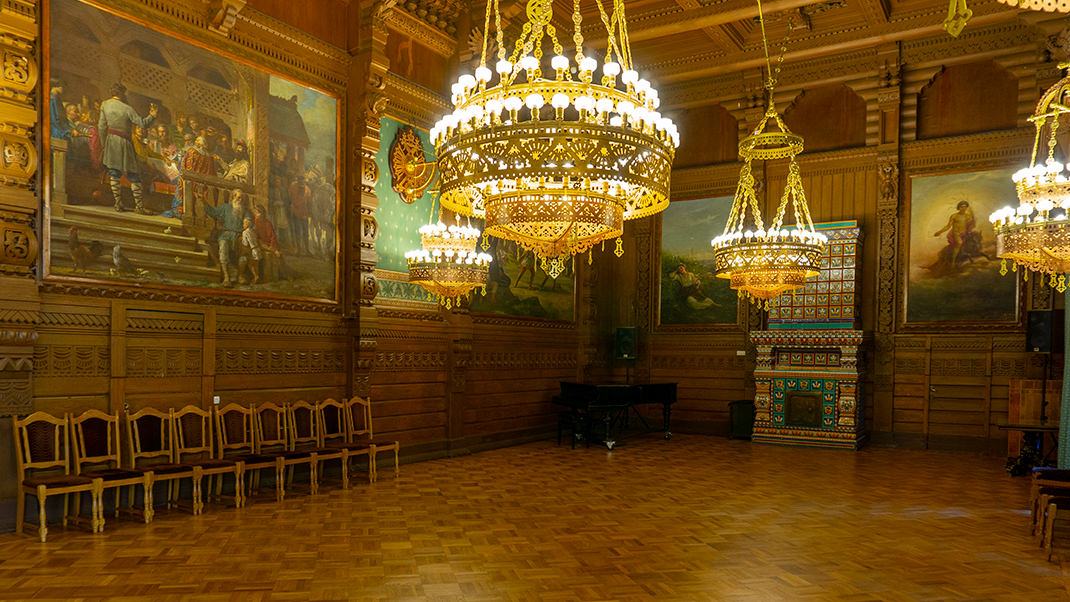
During Soviet times, the palace was nationalized, and in 1920, it became the House of Scientists, which was named after Maxim Gorky 12 years later. Part of the palace facing Millionnaya Street was turned into communal apartments.
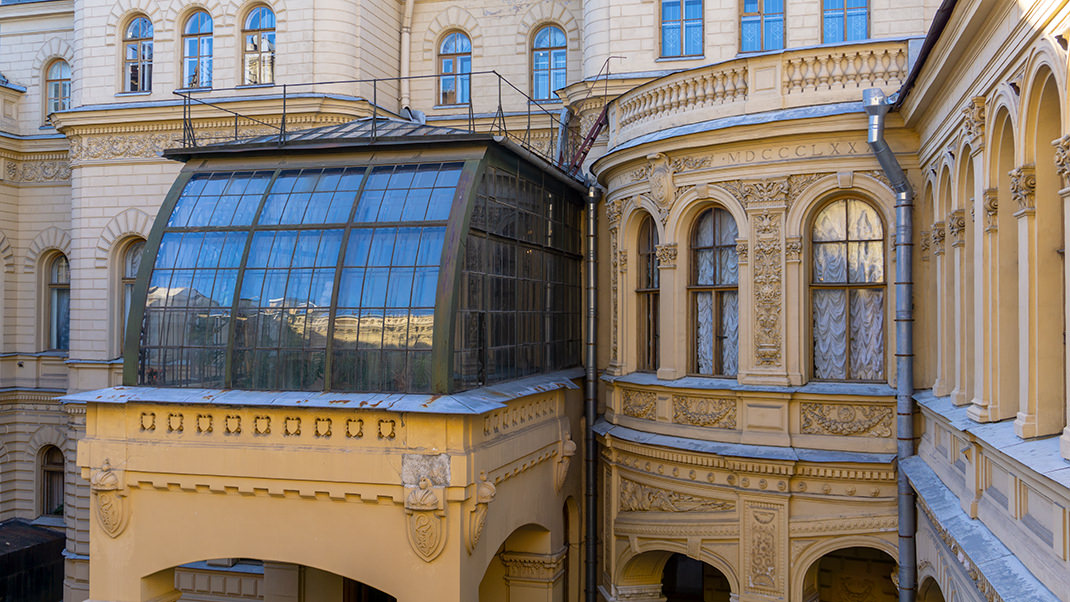
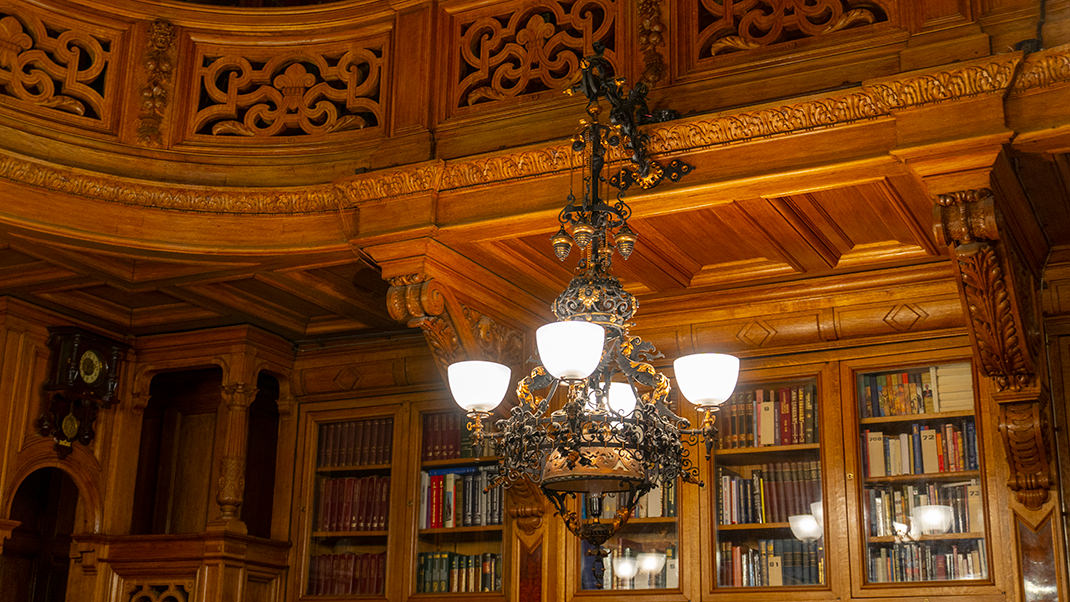
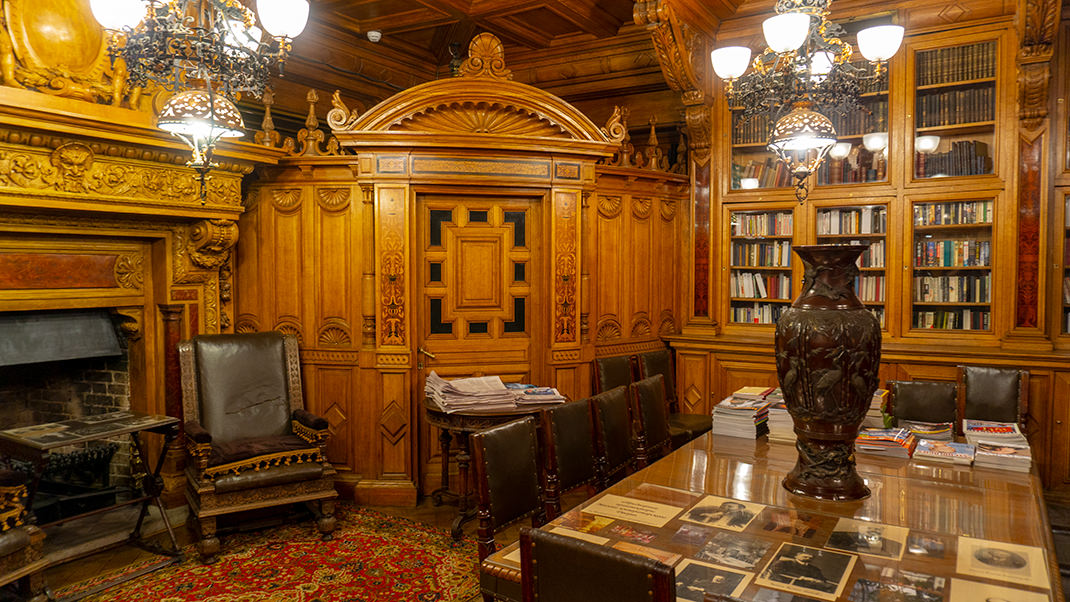
An interesting story concerns the jewels of Grand Duchess Maria Pavlovna. As a wedding gift, Vladimir Alexandrovich gave his wife a tiara — a headpiece consisting of 15 diamond circles. After the revolution, Maria Pavlovna left Russia and would likely have never seen her jewels again if not for the British antique dealer Albert Stopford. He secretly entered the palace and smuggled out four sets of jewelry belonging to the imperial family, including the Vladimir Tiara.
Over time, the tiara passed through different owners, but what’s most remarkable is that it didn’t get lost in private collections. Today, it is owned by Queen Elizabeth II of the United Kingdom.
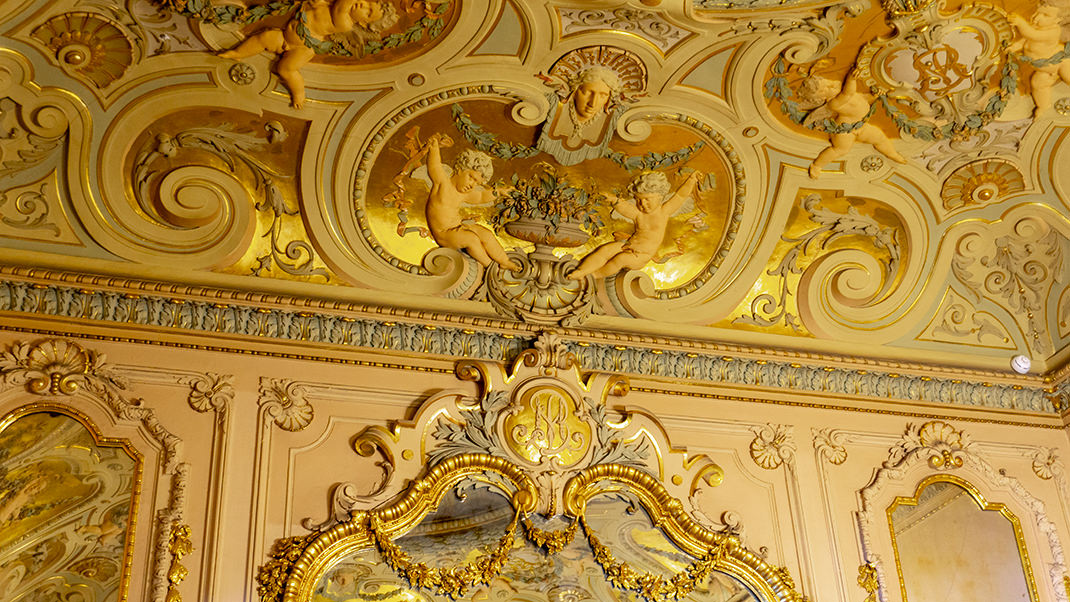
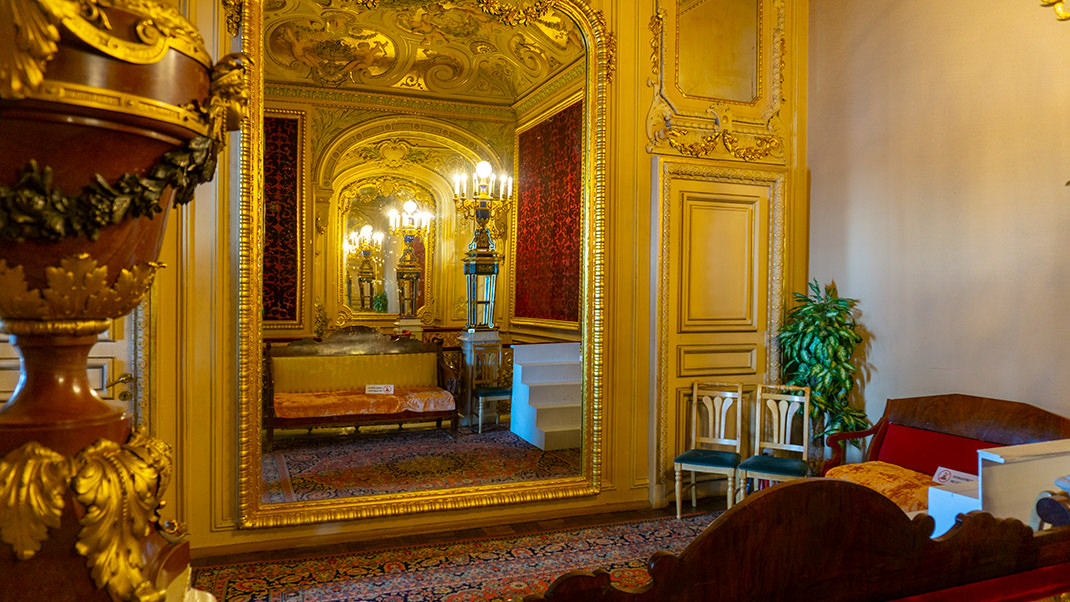
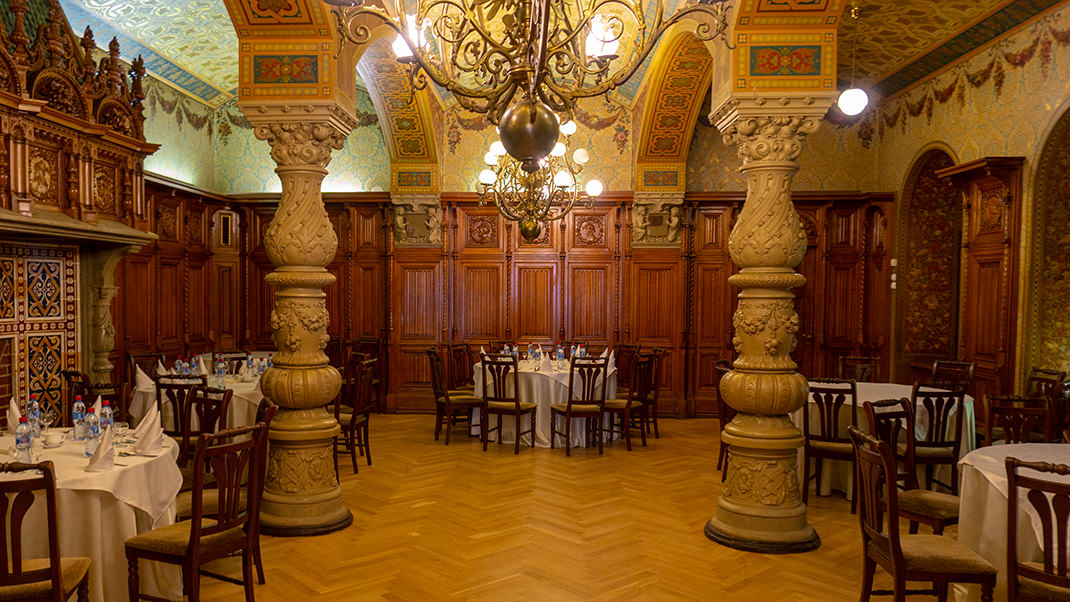
It’s worth mentioning that the palace itself has survived to the present day in excellent condition. It outlasted its owners by many years and was not destroyed during the Siege of Leningrad. This allows each of us to admire the meticulous work of the many people involved in creating this beautiful and unique structure. And after visiting Vladimir Palace, you can continue exploring the city's palaces at the nearby Marble Palace.
In summary:
- Stunning state room interiors;
- Tours are only available by schedule, no open access;
- The palace offers excellent views of the Neva River and Peter and Paul Fortress — don’t forget to bring a camera.


